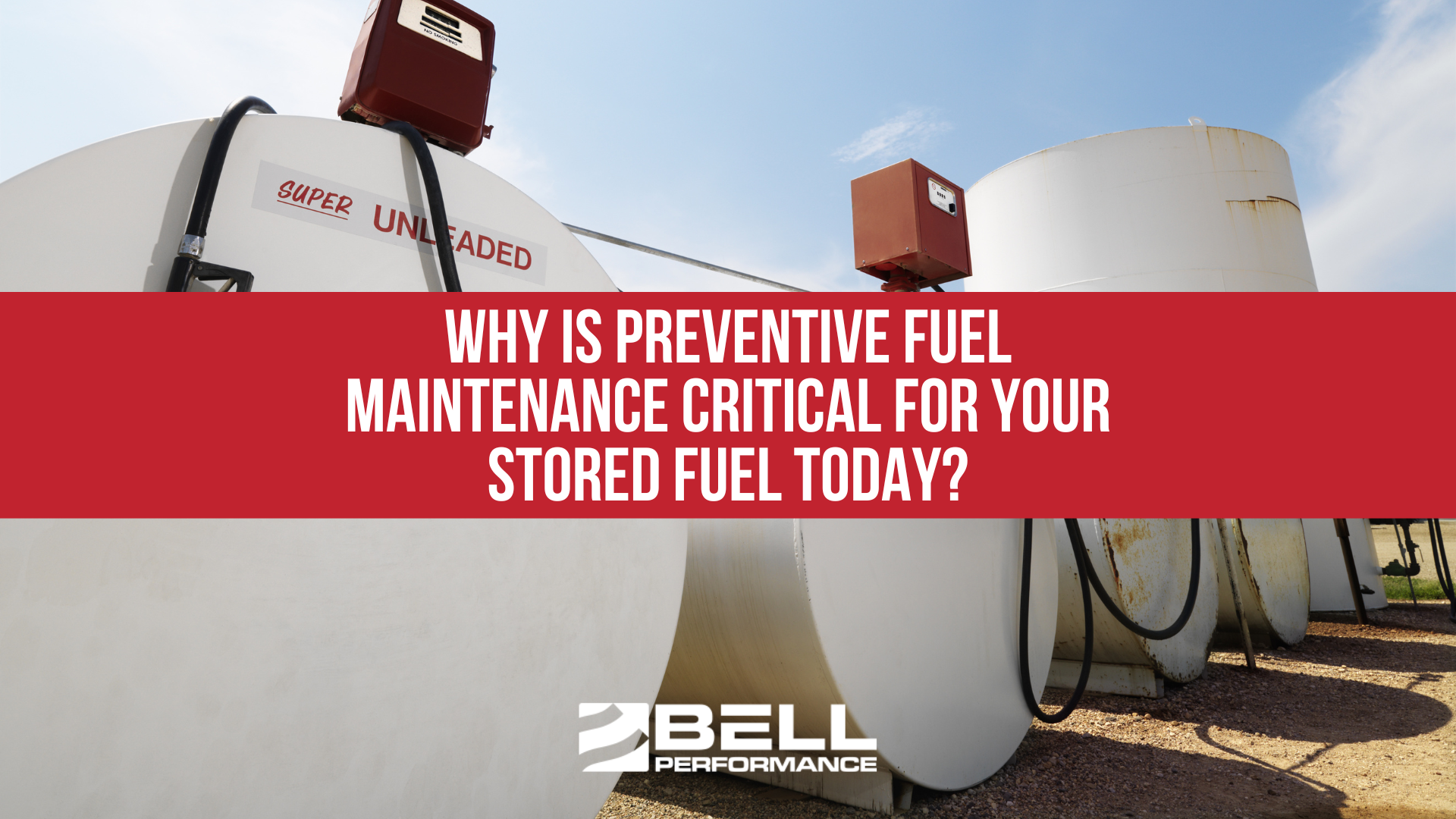Why Is Preventive Fuel Maintenance Critical for Your Stored Fuel Today?
The concept of preventive maintenance isn't new—we see it everywhere in our daily lives. You change your car's oil before it breaks down. You...

Microbial growth in diesel fuel is probably the most top-of-mind fuel problem involving microbes. Reality tells us that microbial growth causes problems across a wide span of other industries beyond transportation and fuel storage. And this also leads us to see that biocide use in uses other than diesel fuel is a multi-billion dollar line item.
Drilling applications have a heavy reliance on biocide use to eliminate the costly problems that microbes cause in drilling fluids. These drilling fluids play a critical operations role by keeping drill bits cools, suspending drill cuttings, and providing hydrostatic pressure to prevent naturally-occuring liquids and gases from entering the well bore where they aren’t supposed to be. These drilling fluids are just as susceptible to ingress and contamination by microbial entities as any other fluid.
This is a problem because bacterial activity in drilling fluids is heavily associated with corrosion – the number one causative factor in drillpipe loss and critical damage to areas like casings, mud pumps, and drill bits. Adding microbicides also helps to prevent bacteria from souring the drilling fluid.
This is not just a small money issue. These cases of drillpipe damage and damage to other areas costs the industry hundreds of billions of dollars annually. Keeping microbial contamination of drilling fluids under control isn’t just optional; it’s an essential PM component.
Effective biocides for oilfield and drilling applications should do the job at 100-200 ppm treat rates. The best biocides for drilling fluids would also need to be continually effective with exposure of water (some biocides are less effective upon water exposure).
Image Credit: "DiamondRig-SuperFoam" by Original uploader was Blastcube at en.wikipedia - Transferred from en.wikipedia; transfer was stated to be made by User:Lamiot.. Licensed under CC BY-SA 3.0 via Wikimedia Commons - https://commons.wikimedia.org/wiki/File:DiamondRig-SuperFoam.jpg#/media/File:DiamondRig-SuperFoam.jpg

The concept of preventive maintenance isn't new—we see it everywhere in our daily lives. You change your car's oil before it breaks down. You...
Maintaining today's stored backup fuels is a bigger job than it used to be. One major reason is that fuels themselves have changed. Ultra-low sulfur...
In its report released in 2016, the EPA reminded us that there are over 100,000 diesel fuel storage tanks across the country. That’s a lot of tanks...